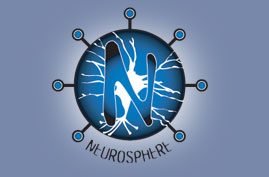Local Aerial Networks
Network Infrastructure for the Neurosphere
Extending the geographical reach of network infrastructure to higher and higher altitudes.
“AirCell announces the successful completion of its extended airborne demonstration program that allowed potential airline customers and others to experience the AirCell Broadband System’s technology in flight.”
http://www.aircell.com/news/news_pr_detail.php?PR_ID=39
